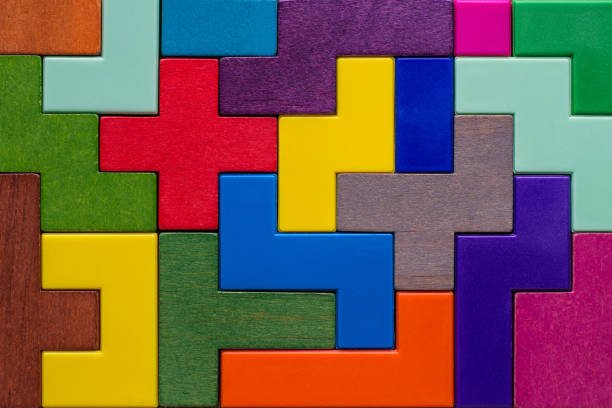Tetris life lessons go beyond the screen, offering profound insights into problem-solving and strategic thinking. Since its inception in 1984, this classic puzzle game has captivated players worldwide, teaching them how to adapt quickly, think critically, and plan effectively. Whether you’re a seasoned gamer or new to Tetris, these lessons can inspire success in both gaming and life. Here are ten invaluable Tetris life lessons to elevate your problem-solving skills.
How Tetris Was Created: A Look at the Origins of Tetris
The story of Tetris began in 1984, during a time of intense global division. The Cold War had heightened tensions between the United States and the Soviet Union. In the U.S., milestones like the release of the Macintosh and the Summer Olympics in Los Angeles marked a prosperous period. Meanwhile, the Soviet Union faced economic stagnation and boycotted the Olympics due to “anti-Soviet hysteria.”
Despite this divide, a remarkable creation emerged that summer. Alexey Leonidovich Pajitnov, a computer programmer born on March 14, 1956, in Moscow, developed a puzzle game. This game transcended boundaries and reshaped the video game industry. Tetris, with its simple yet captivating gameplay, bridged the gap between two superpowers. It proved that creativity and innovation could connect even the most divided worlds.
What makes Tetris unique is its universal appeal. The minimalist design, combined with its challenging yet intuitive gameplay, captured the imagination of players of all ages. When Nintendo bundled Tetris with the Game Boy in 1989, it became a cultural icon. Millions were introduced to foundational Tetris life lessons of planning, adaptability, and problem-solving.
Why Tetris Life Lessons Are Relevant Today?

Have you ever thought about why a simple puzzle game like Tetris has captivated millions for decades? Beyond its addictive gameplay, Tetris offers timeless lessons that resonate in today’s fast-paced world. Let’s dive deeper into why these lessons are still relevant and how they can reshape the way we approach problem-solving.
“Life is like Tetris; if it doesn’t fit, just flip it over”
1. The Power of Simplicity
Tetris proves that simplicity doesn’t mean lacking depth. Its straightforward design teaches us to focus on what truly matters: solving one challenge at a time. Imagine tackling a work project or a life decision—what if you streamlined your priorities instead of overcomplicating things?
Here’s how you can apply this idea:
- Eliminate distractions: Just like clearing a messy stack in Tetris, focus on removing unnecessary elements in your tasks.
- Start small: Break problems into manageable steps, creating a clear path to success.
2. Adapting to the Unexpected
Tetris is notorious for throwing unexpected shapes at players, often requiring quick thinking. Isn’t life the same? Change is inevitable, but how we adapt defines our success.
Ask yourself:
- Are you flexible enough to shift strategies when plans don’t go as expected?
- How can you prepare for the unpredictable while staying calm under pressure?
By embracing adaptability, you’ll find opportunities even in challenging situations.
“If Tetris has taught me anything, it’s that errors pile up and accomplishments disappear”

3. Planning Ahead Without Overthinking
In Tetris, glancing at the next piece can make or break your game. Similarly, having a vision for the future is essential, but overthinking can be counterproductive.
A few tips to master this balance:
- Set realistic goals: Focus on what’s achievable instead of worrying about distant challenges.
- Stay present: Use the information at hand to make thoughtful decisions in the moment
Conclusion
Tetris is more than just a game; it’s a metaphor for life and a masterclass in problem-solving. By applying these lessons to your personal and professional challenges, you can improve your ability to adapt, strategize, and succeed.
Whether you’re clearing lines in Tetris or tackling life’s complexities, remember: with patience, persistence, and the right strategy, every problem can be solved.



